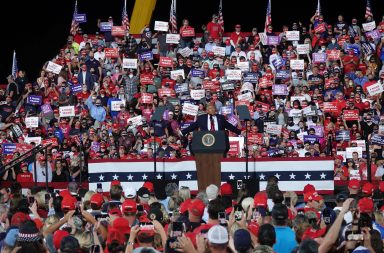Kiss the Financial Times sign goodbye.
The media company’s initials, which have topped three sides of 1330 Avenue of the Americas for decades, is finally being replaced.
Post colleague Keith Kelly has discovered that publicly traded Silvercrest Asset Management, which now occupies the top four floors of the 40-story tower, is erecting its own logo — a blue and red crest that features a profile of a snaggle-toothed boar.
“It’s a rare commodity because you can’t get signage on the top of Manhattan buildings anymore,” says Richard Hough, Silvercrest’s chief executive. “It’s exclusive, and we are an exclusive brand.”
The company had the right to brand the building as part of a previous deal renewing its 40,600 square feet, says Silvercrest’s broker, Eric Reimer of Cushman & Wakefield. “They have been there since 2001 and have a great relationship with [owner] RXR and have grown within the building.”
RXR’s William Elder says owners have to be particular about what is on the top of the building, and described Silvercrest as “a dominant, prestigious brand.”
But while Silvercrest hemmed and hawed over actually leasing the sign, RXR began offering the three, rare 19-by-19-foot illuminated signs in its marketing materials. Finally, last fall, Silvercrest opted to take the rooftop plunge.
“We went through a number of iterations before we were comfortable with the exactness of the logo; and then going through the DOB and having everything manufactured,” says Reimer of the timing.
Now, they are waiting for nice weather to complete the transformation and reposition a logo that has already gone up on the south side.
According to Department of Buildings filings, each sign costs $14,850 but the companies declined to provide the cost of the sign lease. Other buildings have offered signage for as much as $1 million each per side, although sources said it “wasn’t that much.”
As of the third quarter of 2019, Silvercrest manages $17.5 billion and advises on another $23.5 billion.
“Sixth Avenue is one of the most famous stretches of capitalism in the world,” says Hough. “We thought it fit really well with the boutique nature of the building.”









